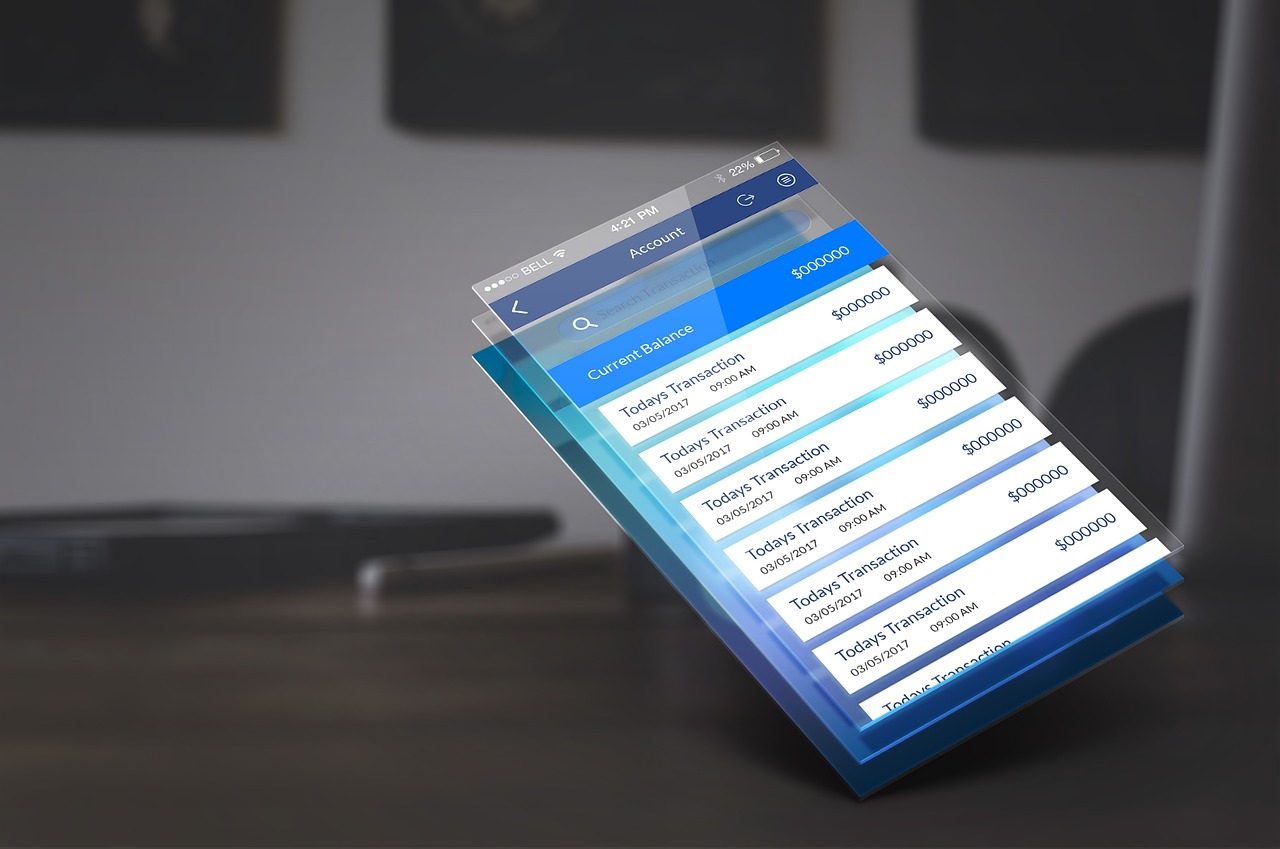In today’s rapidly evolving digital landscape, user experience (UX) design plays a crucial role in creating successful and engaging movies and television shows. As technology continues to advance, it is essential for filmmakers and content creators to stay up-to-date with the latest trends in UX design to deliver high-quality experiences to their audiences. In this blog post, we will explore some of the most exciting and innovative trends shaping the world of film and television.
One of the prominent trends in UX design for movies and TV shows is the use of immersive technologies. Virtual reality (VR) and augmented reality (AR) are revolutionizing the way stories are told and experienced. With VR, viewers can be transported to completely different worlds, allowing them to become active participants in the narrative. AR, on the other hand, enhances the real-world environment by overlaying digital elements, creating a more interactive and engaging experience. These technologies enable filmmakers to create unique and unforgettable experiences for their audiences.
Another trend gaining momentum in UX design is personalization. With the abundance of content available today, it is essential to provide tailored experiences to individual viewers. Streaming platforms and recommendation algorithms are leveraging user data to curate personalized content suggestions. By understanding the preferences and viewing habits of their audience, content creators can deliver targeted recommendations and create a more immersive and enjoyable viewing experience.
Furthermore, the integration of social media and interactive features is transforming the way audiences engage with movies and TV shows. Social media platforms provide a space for fans to connect, discuss, and share their thoughts about their favorite films and series. Content creators are leveraging this trend by incorporating interactive elements such as live chats, polls, and behind-the-scenes content to enhance the overall viewing experience. This integration not only fosters a sense of community but also allows filmmakers to receive real-time feedback and insights from their audience.
Accessibility is also a crucial aspect of UX design in the film and television industry. With the growing emphasis on inclusivity, content creators are striving to make their movies and shows accessible to a wider audience. Closed captions, audio descriptions, and subtitles in multiple languages are just a few examples of how filmmakers are ensuring that their content is accessible to individuals with different abilities and language preferences. By prioritizing accessibility, content creators can create a more inclusive and diverse viewing experience.
Lastly, the rise of mobile devices and streaming platforms has led to an increased demand for short-form content. Audiences now have shorter attention spans and prefer bite-sized content that they can consume on the go. Filmmakers and content creators are adapting to this trend by creating shorter episodes, mini-series, and even vertical videos optimized for mobile viewing. This shift in content format allows for more flexibility and caters to the evolving preferences of modern audiences.
In conclusion, staying informed about the latest trends in UX design is crucial for filmmakers and content creators in the movie and television industry. Immersive technologies, personalization, social media integration, accessibility, and the rise of short-form content are all shaping the way stories are told and experienced. By embracing these trends, content creators can deliver high-quality and engaging experiences that captivate their audiences and leave a lasting impression.




